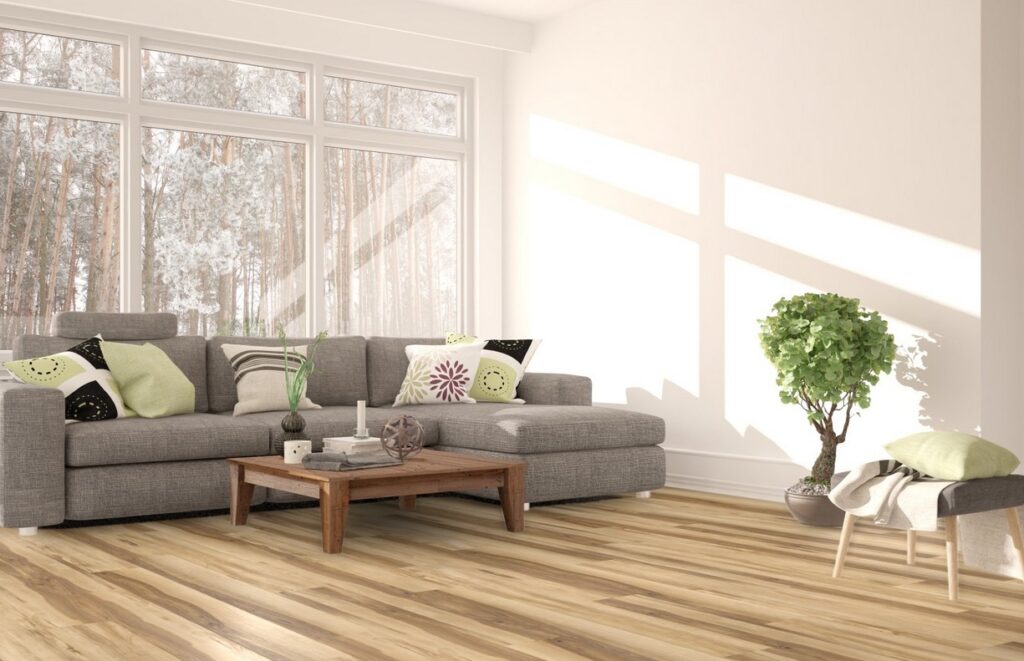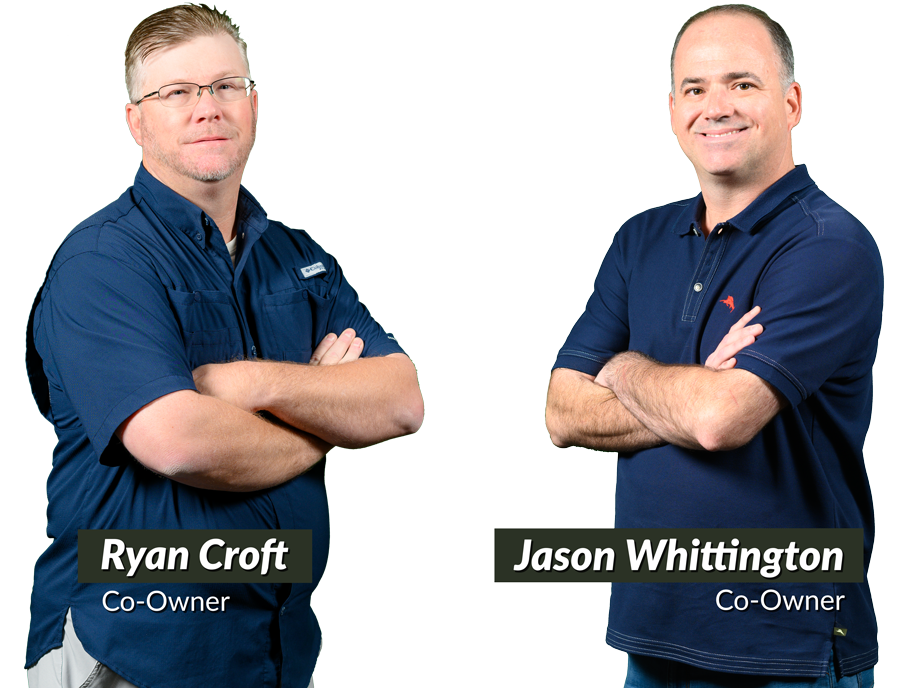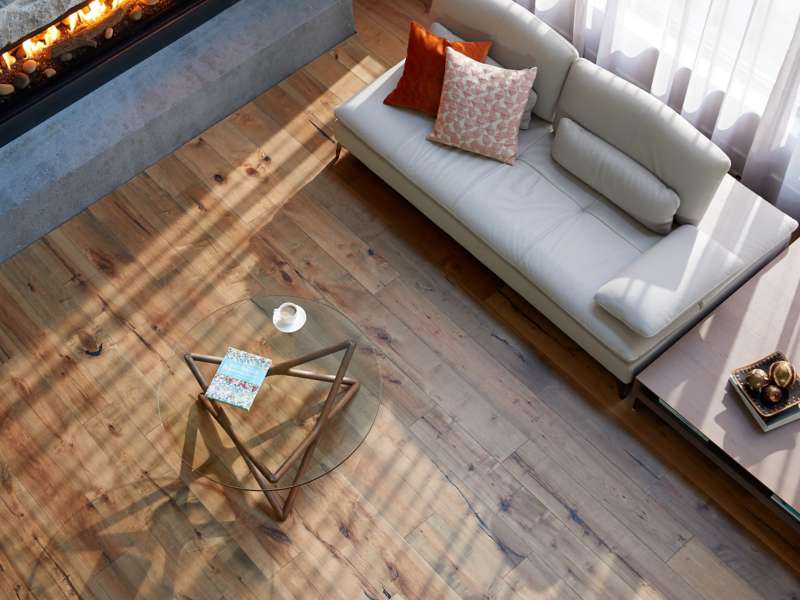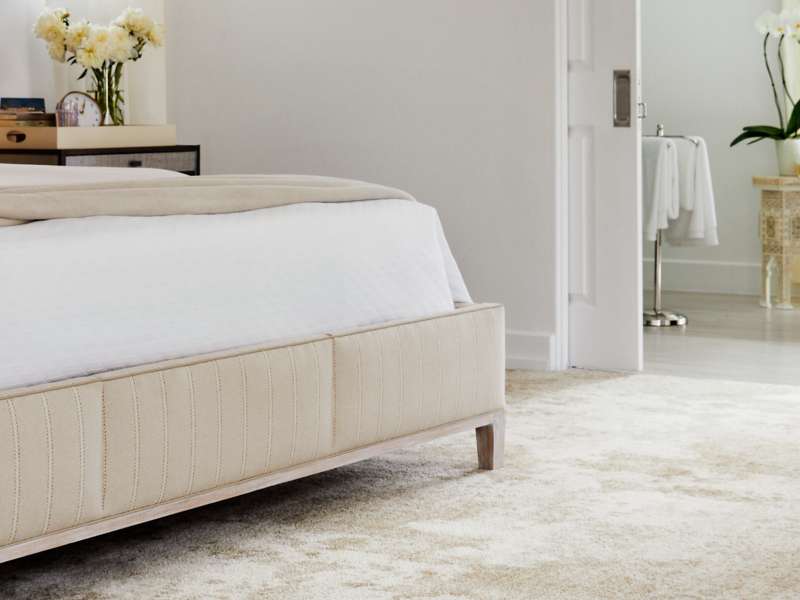Are you a homeowner looking for ways to protect your flooring? Have you noticed signs of wear and tear or even damage to the floors of your home? It’s important to recognize these potential issues before they worsen so that repairs or replacements can be made if necessary. Here are some common types of flooring damage, and offer tips on how to prevent them. Whether you have hardwood floors, laminate floors, marble tile, or vinyl tile – all materials are vulnerable to various types of décor-wrecking effects! Keep reading to learn more about protecting your beautiful floors from the elements.
Nails, Stains, and Scratches – Know your enemies when it comes to flooring damage:
When it comes to maintaining a beautiful and durable floor, it’s essential to know your enemies. Nails, stains, and scratches can all cause severe damage to your flooring, and it’s vital to take steps to prevent and repair these issues. Nails can cause unsightly holes and even structural damage over time, while stains can be nearly impossible to remove without professional assistance. Scratches, on the other hand, can quickly accumulate and dull the look of your flooring, even if they’re small individual marks. By understanding these potential hazards and taking preventative steps (such as keeping your pet’s nails trimmed and using furniture pads), you can ensure that your floors stay beautiful and functional for years to come.
Water Damage – Protecting against water damage is essential for your flooring.
Water damage can be a major headache for any homeowner, particularly when it comes to flooring. From hardwood to carpet, water can seep into even the smallest of spaces and cause significant problems. That’s why protecting against water damage is so essential. There are a number of ways to do this, depending on where you live and the likelihood of water damage in your area. Ensuring that your home is properly sealed and maintained can go a long way in keeping water out and preventing damage to your floors. Consider investing in waterproof flooring materials, such as vinyl or ceramic tiles, or using moisture barriers beneath your flooring to prevent water from seeping through. Whatever method you choose, it’s important to be proactive about protecting your home and your floors from water damage in order to prevent costly repairs down the line.
Scuffs and Gouges – Reducing scuffs and gouges from your flooring can maintain its look and health.
Flooring is an integral component in enhancing the aesthetics and overall feel of a space. However, scuffs and gouges can significantly reduce its lifespan and take away from its initial luster. Fortunately, there are various ways to avoid and minimize these wear and tear marks. First, invest in high-quality floor mats and rugs that protect high-traffic areas such as doorways, hallways, and kitchen spaces. Additionally, avoid dragging heavy furniture and equipment across your floors. Employing felt nail glides and protective pads will also help reduce the impact of heavy furniture. In conclusion, by taking preventive measures and being mindful of your flooring, you can prolong its durability and maintain its original appearance.
Warping and Cracking – Identifying warping or cracking in flooring materials can prevent future costly repairs.
Warping and cracking in flooring materials can seem like minor issues, but they can actually lead to expensive repairs if left unchecked. Luckily, identifying them early can save you from that extra expense. For instance, the warping or bending of a wood floor is often caused by moisture which affects the wood’s natural fibers. Similarly, cracking can be caused by a number of factors, including temperature changes, heavy furniture, and improper installation. Cracks can also become breeding grounds for bacteria and germs, which can be harmful to your health. By recognizing these issues, you can take proactive steps to avoid costly repairs in the future.
Repair or Replace – Strategies for deciding between repairing or replacing damaged floors.
Deciding whether to repair or replace a damaged floor can be a difficult decision for homeowners. There are a few strategies that can make the process more manageable. The first step is to consider the extent of the damage. Small scratches or minor discoloration can be fixed with a simple repair. However, if the damage is extensive, such as large cracks or warping, replacement may be necessary. Another factor to consider is the age of the flooring. Suppose the floor is nearing the end of its lifespan and has experienced multiple repairs. In that case, replacement may be a more cost-effective long-term solution. Ultimately, it’s crucial to weigh the cost of repair versus replacement, taking into account the overall value of the home and the impact on resale value. By carefully considering these strategies, homeowners can confidently decide to repair or replace their damaged floors.
Aging and Wear & Tear – Old flooring can not maintain its look and health. Using proper methods can avoid this issue.
Aging is inevitable, and so is the deterioration of surfaces such as flooring. As time passes, old flooring starts to lose its lustrous appearance, resulting in a worn-out look that can be unpleasant to the eye. However, the good news is that this issue can be avoided with the right approach. Making sure to use proper methods will significantly extend the life of your flooring and maintain its health. Investing in regular cleaning, adequate ventilation, and prevention strategies such as adding mats to high-traffic areas can help retain your flooring’s original glory years longer. Remember, taking action before damage occurs is the best way to tackle the aging process of your flooring.
Why Choose Texas Floors for All Your Flooring Needs
At Texas Floors, we strive to provide you with a quality experience for flooring installation Cypress. We provide you with quality flooring materials to choose from for installing in your space. Our wide inventory allows you to choose from types of flooring, including wood, tile, carpet, laminate, and vinyl. This inventory also includes products from many trusted manufacturers, giving you complete freedom to choose exactly what you like.
For more information about your flooring needs Cypress for your home or business, contact Texas Floors in Cypress, TX today. Whether you are hoping to install floors in your kitchen, bathroom, bedroom, or other space, we are here to help. We can also help you put together the perfect flooring for your space regardless of whether you prefer carpet, wood, tile, or luxury vinyl.
Our professional team is happy to work with you to ensure you get just the right look you are hoping. We are pleased to use our decades of experience to give you the floor you dream of. Get an estimate with flooring installation in Cypress for your vision today.
 Welcoming a Hardwood Floor into Your Home
Welcoming a Hardwood Floor into Your Home

